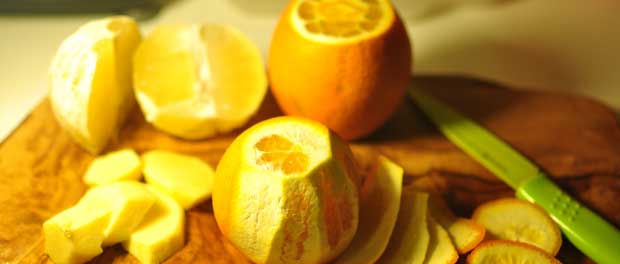Pros and Cons of 5 Popular Cooking Oils
Cooking oil is widely used in preparing or cooking different types of dishes such as dressing for salad, part of marinade, sautéing, frying, and deep frying. When you shop for cooking oil, you will see a wide range of choices available like coconut oil, canola oil, and others. But most buyers do not know the difference among these types of cooking oils.
Here are some common types of cooking oil that you can find in the supermarket including their pros and cons.
1. Vegetable Oil – Vegetable is one of the most commonly used oils in many households. They are also frequently found in many recipes that require frying or sautéing. Vegetable oil is a blend of several oils including sunflower oil, corn oil, palm oil, and soybean oil.
Pros: Long shelf life and inexpensive
Cons: One of the heavily processed oils that may contain ingredients from genetically modified organisms or GMO sources and some brands may also be partially hydrogenated and hydrogenation can remove the essential fatty acids in oil.
2. Coconut Oil – Another popular type of cooking oil is coconut oil. Coconut oil is flavorful and is good for both frying and baking.
Pros: Rich in antioxidants and has a high smoke point.
Cons: May overpower the flavor of some dishes because of its natural flavor.
3. Canola Oil – Canola oil is another type of cooking oil that is derived from rapeseed. It is also a staple in many kitchens because it is said to be one of the healthier inexpensive cooking oils. It is commonly used for medium-heat frying.
Pros: Has high content of monounsaturated fat or good fat and low in saturated fat or bad fat. It also has omega-3 fatty acids that are beneficial for a healthy heart.
Cons: Short shelf-life and can emit a toxin when exposed to high heat according to NaturalNews.com.
4. Corn Oil – This golden yellow oil is obtained from maize kernel. It is popularly used in making margarine. Corn oil is good for both frying and baking but should be used only for medium temperature cooking.
Pros: It produces less smoke and does not easily discolor. It is also low in saturated fat or bad fat and is rich in omega-3 fatty acids.
Cons: Becomes rancid easily.
5. Olive Oil – Olive oil is another good and popular type of oil for its many health benefits and variety of uses aside from its use in the kitchen. It is often used as a home remedy for many diseases such as dry skin, toothaches, cough, and many others. Olive oil is available in different varieties including refined, virgin, extra-virgin, and extra-light. It can be used as oil for salad dressing, sautéing, baking, and stir frying.
Pros: High in monounsaturated oil which can help in lowering your risk of heart diseases. The extra virgin variety is also rich in antioxidants that can help fight free radicals.
Cons: Contains a significant amount of saturated fat which is bad fat; expensive.
The cooking oils listed above are among the most popular in many households and widely available in many supermarkets. Apart from them, there are other types of oil which you may also consider such as sunflower oil, palm oil, soybean oil, peanut oil, and others. Knowing the pros and cons of these cooking oils can help you decide on which one to use.


